Understanding Cuff Bracelets
What are Cuff Bracelets?
Cuff bracelets are distinctive pieces of jewelry that adorn the wrist, characterized by their open-ended design and solid structure, allowing them to slide comfortably over the wrist. Unlike traditional bangles, which encircle the wrist entirely and are often flexible, cuff bracelets generally have a defined width and a more rigid construction. This clear distinction allows them to make a bold style statement, effortlessly elevating any outfit from casual to formal. Their versatility makes them a must-have accessory for everyone, regardless of personal style. For those looking to explore a diverse range of stunning cuffs, Click Here to discover unique wrist accessories.
History and Evolution of Cuff Bracelets
The history of cuff bracelets stretches back thousands of years, with origins steeped in a rich tapestry of cultural significance. Ancient civilizations, such as the Egyptians and Mesopotamians, crafted these adornments using precious metals and stones, often imbuing them with symbolic meanings related to power, spirituality, and status. For instance, Egyptian pharaohs were known to wear elaborate cuffs as symbols of authority and divinity.
As cultures intersected and evolved, so did the designs of cuffs. The Renaissance period saw a revival in intricate metalwork and gemstone settings, while the Industrial Revolution introduced mass production techniques, making cuff bracelets accessible to a wider audience. By the mid-20th century, cuff bracelets had become a staple in fashion, with designers experimenting with unconventional materials such as plastics and textiles, reflecting the changing social landscape.
Today, cuff bracelets come in myriad styles—from minimalist to ornate—catering to diverse tastes and occasions. Modern designs often blend traditional craftsmanship with contemporary aesthetics, such as geometric patterns, mixed materials, and vibrant colors, appealing to both classic and avant-garde sensibilities.
Materials Used in Crafting Cuff Bracelets
The materials used in creating cuff bracelets significantly impact their look, feel, and overall quality. Here are some of the most commonly used materials:
- Metal: Precious metals like gold, silver, and platinum are classic choices, often associated with luxury and timelessness. They can be crafted into various designs, from sleek and polished to intricately engraved.
- Leather: Leather cuffs offer a casual, bohemian vibe, often adorned with embellishments such as studs, beads, or stitching. They are lightweight and can be adjusted for fit, making them popular among various demographics.
- Wood: Wooden cuff bracelets represent a natural, organic feel, often featuring unique grains and finishes. They are typically artisan-made, emphasizing craftsmanship and individuality.
- Resin and Acrylic: These materials allow for bright colors and artistic patterns, making them a favorite for contemporary designs. They are lightweight and can mimic the look of more expensive materials at a fraction of the cost.
- Textiles: Fabric-based cuff bracelets combine comfort with style. Often embellished with beads or sequins, they offer an eclectic, colorful option that can be customized to match personal styles.
Benefits of Wearing Cuff Bracelets
Fashion Versatility with Cuff Bracelets
Cuff bracelets are incredibly versatile, contributing to a variety of fashion statements suitable for numerous occasions. Whether you’re dressing for a formal evening event or a casual day out, a cuff can elevate your attire to the next level. Their ability to transition effortlessly between styles means that the same bracelet can be paired with a stunning evening gown or a simple t-shirt and jeans, making them a valuable addition to your accessory collection.
Furthermore, cuff bracelets can be mixed and matched with other jewelry, enabling you to create unique combinations and curated looks. From stacking multiple cuffs for a bold, layered effect to wearing a single, statement cuff, the options are endless. This adaptability ensures that you can express your individuality and style without compromising on elegance or sophistication.
How Cuff Bracelets Enhance Your Style
Cuff bracelets not only complete an outfit but also serve as conversation starters. A beautifully crafted cuff can draw attention and spark discussions due to its unique design and craftsmanship. They often reflect the wearer’s personality and taste, showcasing creativity and attention to detail. Each cuff tells a story, whether it’s a family heirloom passed down through generations or a contemporary piece reflecting current fashion trends.
Moreover, the bold, distinct aesthetics of cuff bracelets help draw the eye to the wrist, an often-overlooked part of the body in terms of accessorizing. This adds an unexpected focal point to your ensemble, helping you stand out in any setting.
The Comfort and Fit of Cuff Bracelets
Cuff bracelets are designed with comfort in mind. Unlike rings or tightly-fitted bangles, cuffs typically allow for a more relaxed fit. They can be adjusted easily by simply sliding them on or off the wrist, accommodating various wrist sizes without sacrificing style. Many designs utilize open-ended structures, contributing to the ease of wear.
This comfortable fit makes cuff bracelets suitable for daily wear, whether at work, social events, or leisure activities. Additionally, some cuffs are made with softer materials, such as leather or fabric, that conform to the wrist shape over time, enhancing comfort further.
Choosing the Right Cuff Bracelet
Size and Fit: What You Need to Know
When selecting a cuff bracelet, it is crucial to consider both size and fit to ensure optimal comfort and style. Generally, cuff bracelets come in various sizes, with widths ranging from narrow to wide. To find the appropriate size, measure around the widest part of your wrist and compare it to size charts provided by manufacturers.
Additionally, consider the cuff’s opening—this is especially important for wider cuffs, as they may require more wrist circumference to fit comfortably. A good rule of thumb is to have a small gap between the cuff and your skin for comfort while preventing it from sliding around too much.
Styles of Cuff Bracelets for Different Occasions
Choosing the right style of cuff bracelet can enhance your outfit for specific occasions. For formal events, opt for metallic or gemstone-encrusted cuffs that exude elegance and sophistication. Ornate designs with intricate details can complement evening wear perfectly.
For casual outings or everyday wear, consider leather or fabric cuffs that offer a laid-back, trendy vibe. Bohemian-style cuffs featuring natural materials, such as wood and beads, are ideal for outdoor festivals or relaxed brunches.
Seasonal wear should also play a role in your selection. Bright and colorful cuffs suit summer outings, while deeper hues and heavier materials are perfect for fall and winter fashions.
How to Pick the Right Material
When selecting a cuff bracelet, the material is as important as the style and fit. Metal cuffs can offer a polished look that is perfect for more formal settings, but they can also be heavy, so consider your comfort levels. If you prefer lighter wear, leather, resin, or textile options may be more appropriate, providing an enhance level of flexibility and comfort.
Moreover, consider your skin sensitivity—if you have allergies to certain metals, look for hypoallergenic materials. If you plan to wear the cuff during specific activities, choose materials that will withstand those conditions, such as sturdy metal for athletic wear or soft leather for casual outings.
Styling Tips for Cuff Bracelets
Layering Cuff Bracelets with Other Accessories
Layering cuff bracelets can create an eye-catching and personalized style. To achieve a cohesive look, consider the widths, materials, and colors of your cuffs. Start with a broad cuff as your base and layer thinner cuffs above it for dimension. Alternatively, mix materials—such as pairing a metal cuff with a fabric one— to add depth to your ensemble.
Don’t shy away from layering cuffs with watches or other bracelets. The key is to ensure that the overall look remains balanced, without overcrowding the wrist. Play with different textures and colors for an eclectic style that reflects your individuality while ensuring that contrasts and complements enhance rather than overwhelm your outfit.
Seasonal Trends: Wearing Your Cuff Bracelets
Seasonal trends should influence how you style your cuff bracelets. In spring and summer, opt for pastels, bright colors, and lighter materials. Cuffs that incorporate floral patterns or vibrant hues can complement outdoor attire and align with seasonal aesthetics.
As fall and winter arrive, consider deeper tones and heavier materials such as metal and leather. Cuffs embellished with gemstones or beads can promote cozy richness, particularly when worn with knit sweaters or layered outfits. Look to current fashion trends for inspiration, incorporating popular colors and patterns into your cuff styling.
Pairing Colors: What Works Best?
Color coordination is crucial when accessorizing with cuffs. A safe approach is to choose monochromatic looks, where the cuff complements or contrasts with your outfit in a harmonious way. For instance, pairing a gold cuff with earth-tone clothing can create an understated yet elegant appearance.
If you’re feeling adventurous, experiment with complementary colors. Use a color wheel to identify contrasting hues, such as blue with orange or red with green. When done effectively, this can create a striking visual impact while ensuring your cuff stands out as a focal point.
Maintaining Your Cuff Bracelet
Cleaning Your Cuff Bracelet
Maintenance is essential for preserving the beauty and longevity of your cuff bracelet. The cleaning method largely depends on the material of your cuff:
- Metal: Use a soft cloth and a gentle metal cleaner to polish silver or gold cuffs regularly to reduce tarnishing and maintain shine.
- Leather: For leather cuffs, wipe them down with a damp cloth and use a leather conditioner occasionally to keep the material supple and avoid cracking.
- Fabric: Check care instructions, but often, fabric cuffs can be spot cleaned or hand-washed gently. Allow them to air dry completely.
- Wood: Keep wooden cuffs away from moisture, wipe them with a dry cloth, and occasionally apply a food-grade mineral oil to prevent drying out.
Storing and Caring for Your Accessories
Proper storage is vital to prevent scratches, damage, or loss. Store cuff bracelets in a soft-lined jewelry box or a dedicated compartment that offers protection from abrasion. If stacking multiple cuffs, consider using a soft cloth in between each piece to minimize contact and potential scratches.
In addition, avoid exposing your cuffs to harsh chemicals or environments, such as swimming pools or hot tubs, which can cause deterioration. When not in use, it is advisable to keep cuffs away from direct sunlight to ensure colors remain vibrant and materials stay intact.
When to Seek Professional Repair
Over time, even the most robust cuff bracelets may require professional care. If your cuff experiences significant damage, such as breaks, heavy scratching, or tarnishing, don’t hesitate to seek expert services.
Jewelry repair specialists can restore the original beauty and functionality of your cuff, ensuring it lasts for many years to come. Such services might also include resizing or reconditioning leather to maintain proper fit and comfort.
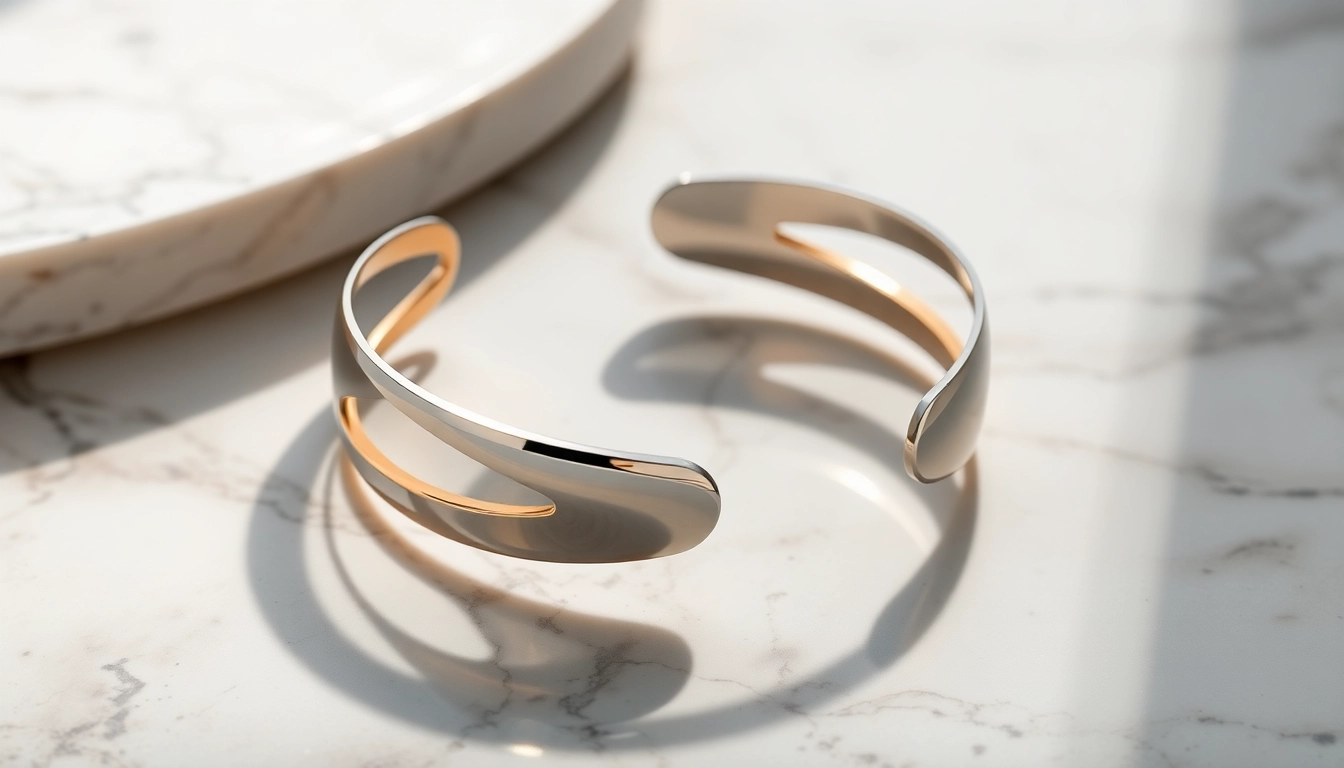
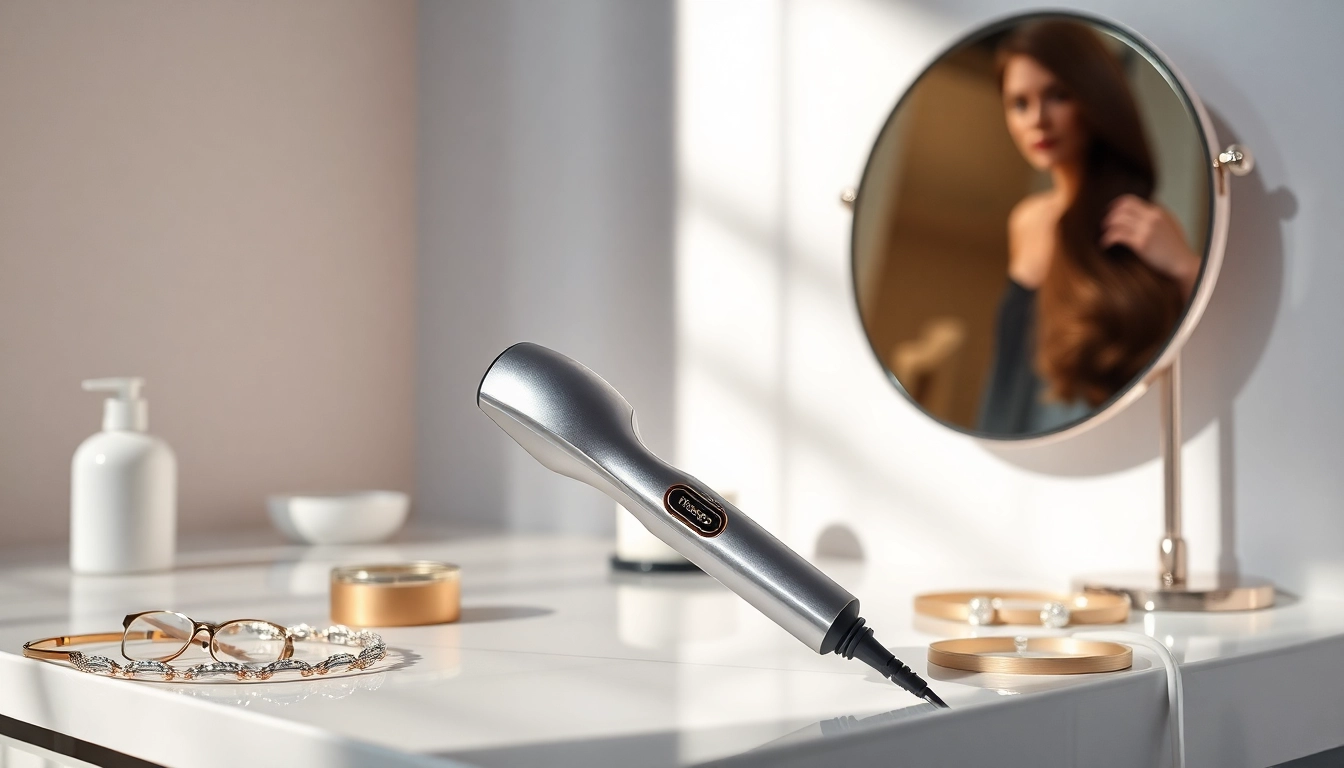
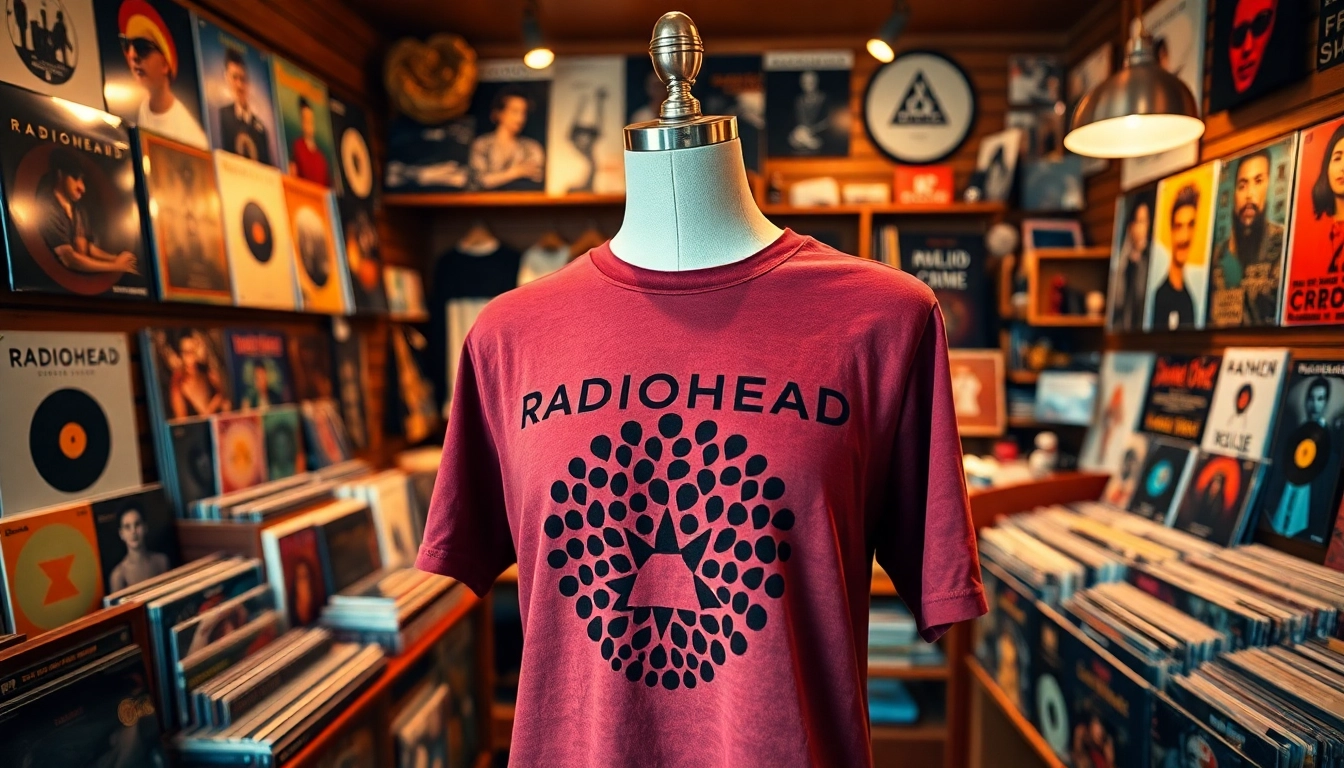
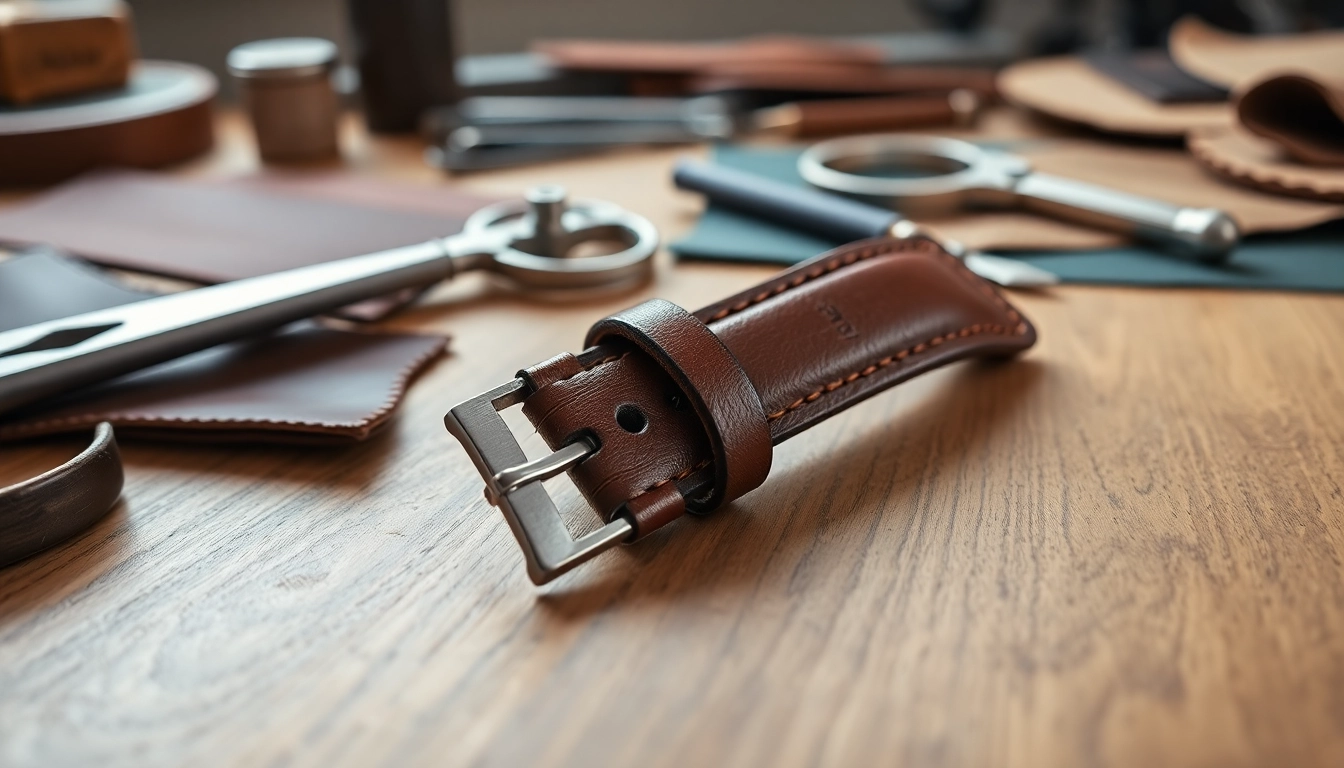
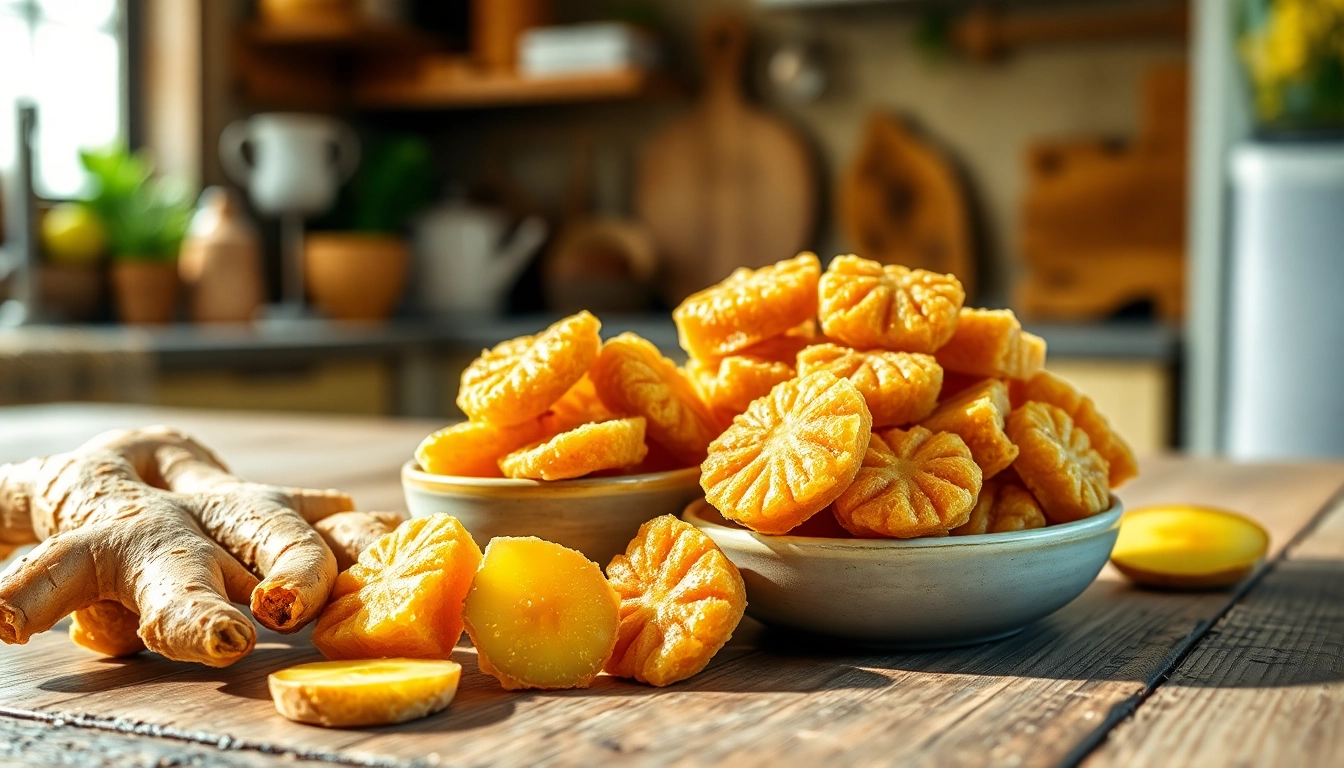


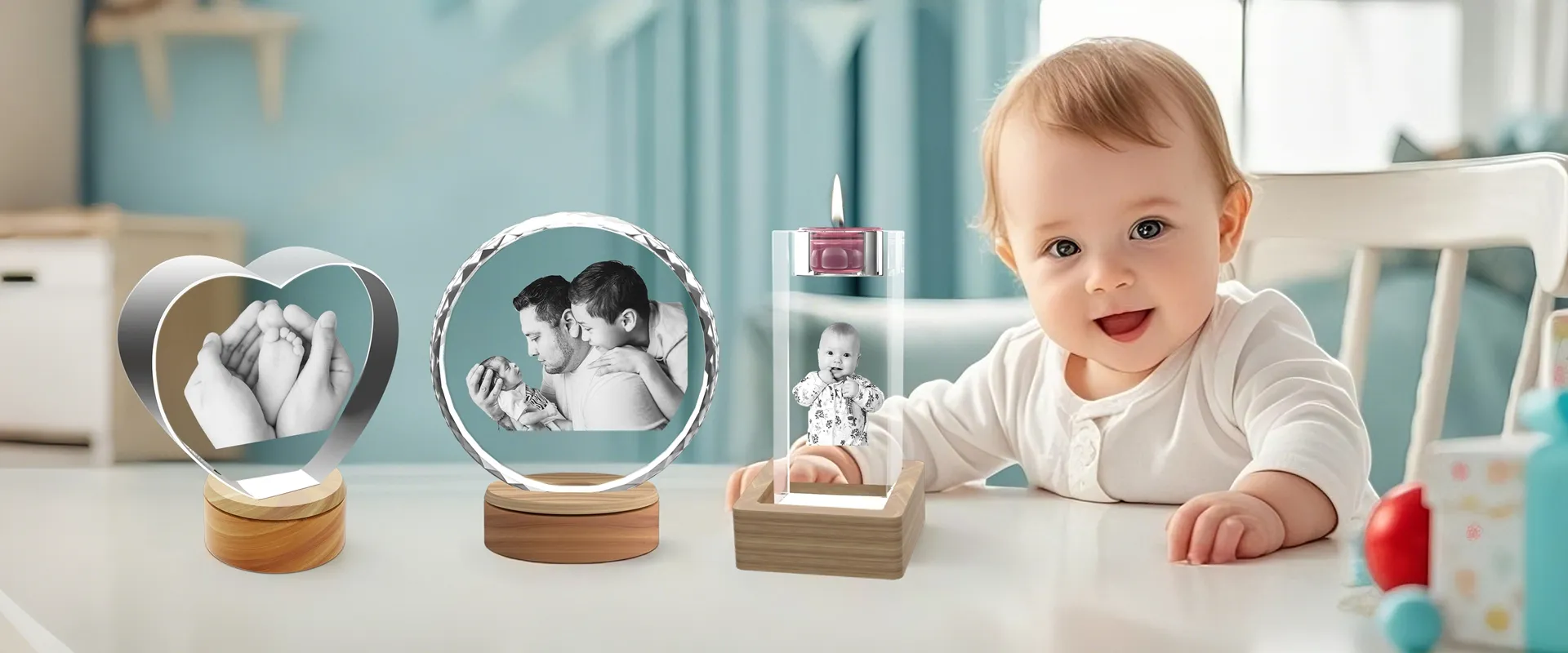

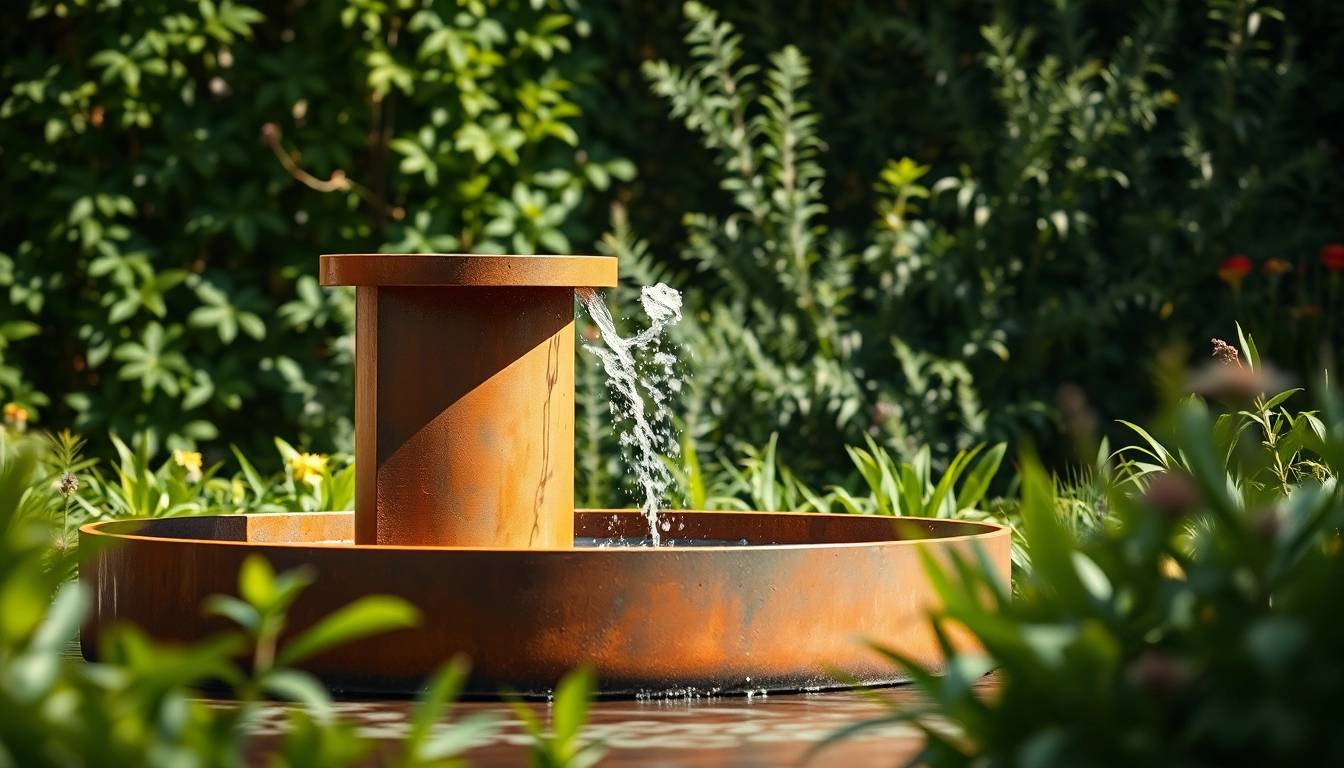



Leave a Reply